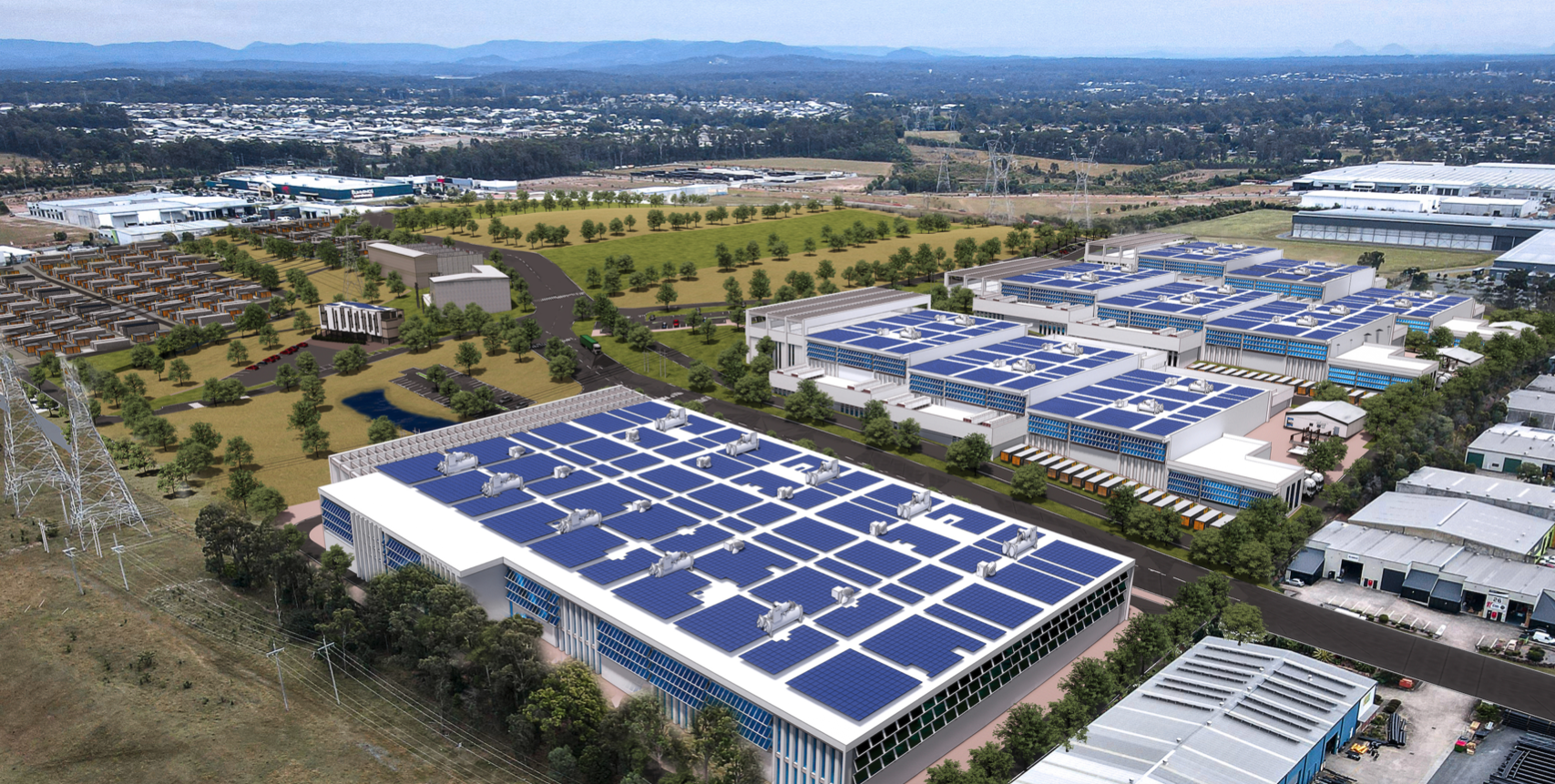
Energy transition fund manager Quinbrook Infrastructure Partners has announced a data storage campus project for south-east Queensland which could eventually become a $2.5 billion investment.
The Brendale Supernode development will be one of the largest data storage projects in the Southern Hemisphere.
The project site, about 30km from the Brisbane CBC, is adjacent to the South Pine substation which is the central node of the Queensland electricity network and offers unparalleled power supply and a high level of redundancy with three separate high voltage transmission connections available to support mission critical data centre operations.
The Supernode project is also planned to be the location of one of the largest battery storage installations in the Australian national electricity market. Powered by renewable energy, backed up by battery storage, the campus should operate at net zero emissions.
Announcing the project, Quinbrook said Supernode will be an internationally significant digital infrastructure project as it will combine critical energy and data storage powered by renewable energy generated in Queensland.
The development will also intersect the new Torus dark fibre data cable currently under construction which will directly connect Brisbane with a new international sub-sea cable recently landed at Maroochydore from Guam.
Quinbrook has secured the 30-hectare Brendale site and recently obtained Foreign Investment Review Board (FIRB) and local planning permission from Moreton Bay Regional Council for the project. The development will be a multi-tenant campus of up to four hyperscale data centres that will connect directly to the South Pine substation offering up to 800MW of power supply capacity with three separate high-voltage connections.
According to Quinbrook, these high-capacity power connections together with Queensland’s relatively low cost and abundant renewable power resources will offer data centre customers at Supernode significant cost savings over facilities in other states. The firm plans to procure, self-develop and construct infrastructure for the renewables supply capacity needed by Supernode customers as their energy demands grow.
Quinbrook has also lodged a ‘code assessable’ planning application for a 2,000MWh battery energy storage system (BESS) to be co-located within the Supernode precinct creating a potential solution to the stability issues facing the Queensland power grid which were recently identified by the Australian Energy Market Operator (AEMO). Quinbrook says the BESS will add valuable dispatchable supply services to the grid and reduce the risk of power outages in the state.
The Supernode and BESS projects will add to several key projects Quinbrook is currently constructing and developing in the US and the UK including the $US2 billion plus Gemini solar and BESS project in Nevada which recently closed the largest ever financing for a single US renewables project.
Quinbrook was established in 2015 by Gold Coast-based David Scaysbrook and Rory Quinlan who had been investing in power infrastructure since the early 1990s. The firm’s investors are Australian and overseas institutions.
Scaysbrook said: “Supernode is the latest example of our strategy to make impactful and hard to repeat investments that help decarbonise energy intensive data centre operations using renewable power solutions.”
The Brendale development will follow the firm’s recent investment in a similar 800MW green data centre campus at Temple, near Austin, Texas, the initial phase of which became operational in June. The Quinbrook team devised the Supernode concept and have carried the project through to the launch stage.
Queensland minister for state development Steven Miles said Supernode was one of several major projects coming to the state because of the government’s strategic investment in digital technology infrastructure and renewable energy. He said the government had provided $15 million to support the Sunshine Coast Council in delivering Queensland’s first direct international broadband cable and the state was now seeing the benefits of that investment.
Image: A rendering of the Supernode campus and battery energy storage system.

